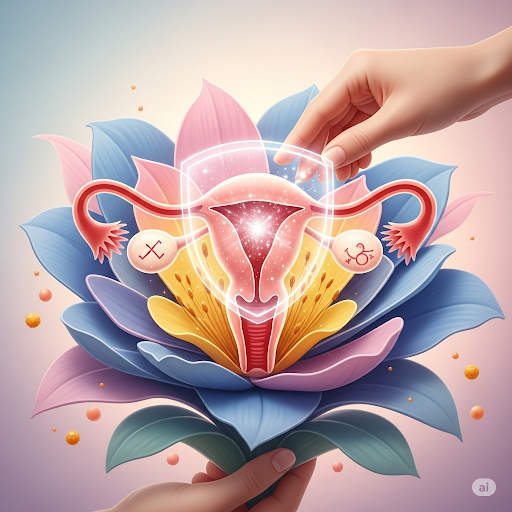Pelvic Inflammatory Disease (PID) is a serious infection affecting the female reproductive organs, including the uterus, ovaries, and fallopian tubes. Left untreated, PID can lead to severe and long-lasting complications such as infertility, ectopic pregnancy, and chronic pelvic pain. Understanding this condition is crucial for early detection and effective prevention.
What is PID and How Does it Happen?
PID typically occurs when bacteria, often from sexually transmitted infections (STIs) like gonorrhea and chlamydia, travel from the vagina and cervix up into the reproductive organs. While STIs are the primary cause, other factors can sometimes contribute. The infection can lead to inflammation and scarring within the reproductive system, which is what causes many of the long-term problems.
Recognizing the Symptoms:
The symptoms of PID can vary widely, from very mild or even absent, to severe. This makes early diagnosis challenging. Common signs and symptoms include:
- Lower abdominal pain (often the most prominent symptom)
- Fever
- Unusual or foul-smelling vaginal discharge
- Bleeding between periods
- Pain during sexual intercourse
- Painful urination
It’s important to note that even mild symptoms should prompt a medical evaluation, as untreated PID can still lead to serious complications.
Who is at Risk?
Several factors can increase a woman’s risk of developing PID:
- Being sexually active and under 25 years old: Younger women are more susceptible.
- Having multiple sex partners: Increases exposure to STIs.
- A history of STIs or PID: Previous infections increase future risk.
- Douching: This practice can push bacteria further into the reproductive tract.
- Recent IUD insertion: While rare, there’s a slightly increased risk in the first three weeks after an intrauterine device (IUD) is placed.
Diagnosis and Treatment:
Diagnosing PID involves a comprehensive approach, typically including:
- Medical and sexual history review: To identify potential risk factors and symptoms.
- Pelvic exam: To check for tenderness and signs of infection.
- Laboratory tests: Such as vaginal and cervical swabs to identify bacteria, and blood tests.
Once diagnosed, treatment almost always involves antibiotics. It is absolutely vital to:
- Complete the full course of antibiotics: Even if symptoms improve, stopping early can lead to recurring infection.
- Ensure sex partners are also treated: To prevent reinfection and the spread of STIs.
Preventing PID and Its Complications:
Prevention is key to avoiding the serious consequences of PID:
- Practice safe sex: Use condoms consistently and correctly.
- Get tested for STIs regularly: Especially if you have new partners or multiple partners. Early detection and treatment of STIs can prevent them from progressing to PID.
- Avoid douching: This can disrupt the natural balance of bacteria in the vagina.
Untreated PID can lead to devastating complications, including chronic pelvic pain, infertility due to scarred fallopian tubes, and ectopic pregnancy (a life-threatening condition where a fertilized egg implants outside the uterus). By being aware of the risks, symptoms, and preventive measures, individuals can take proactive steps to protect their reproductive health.



